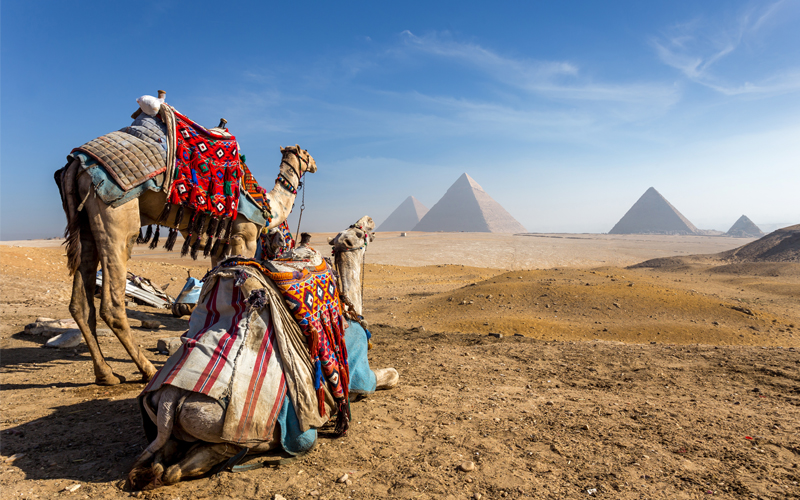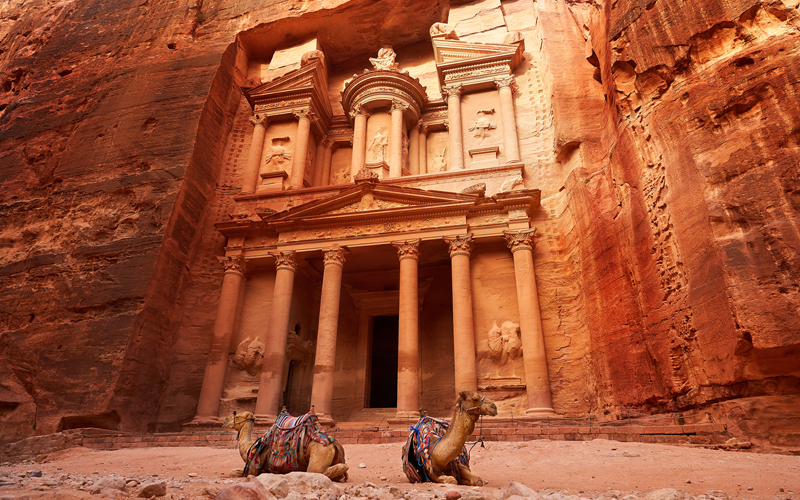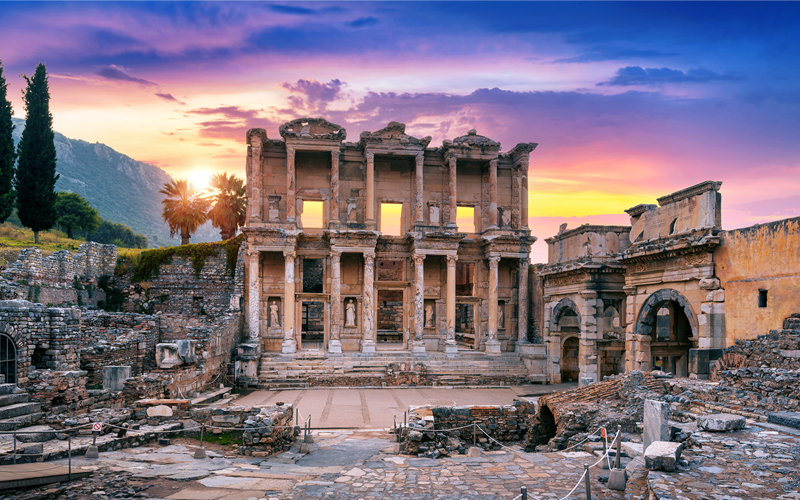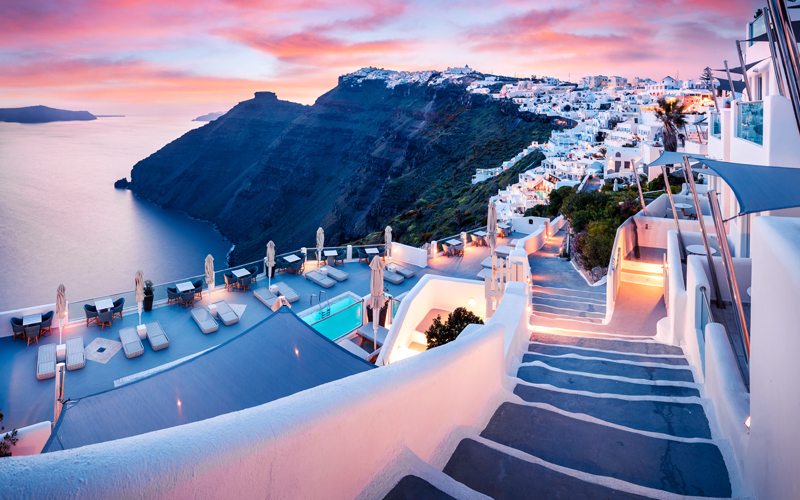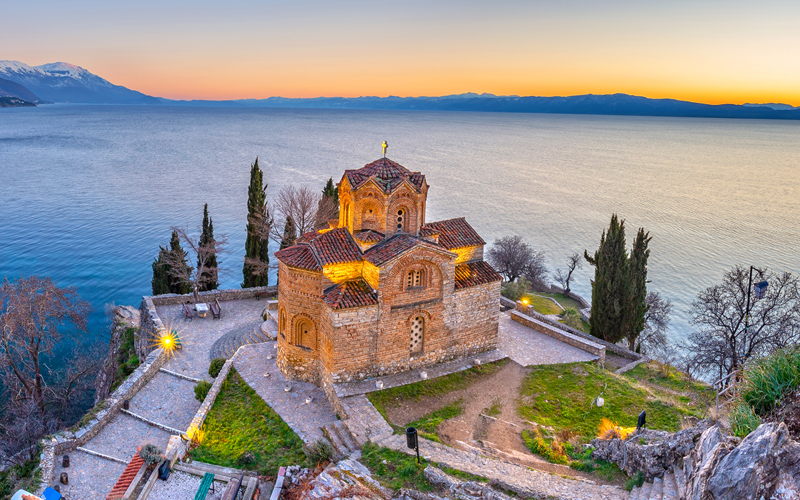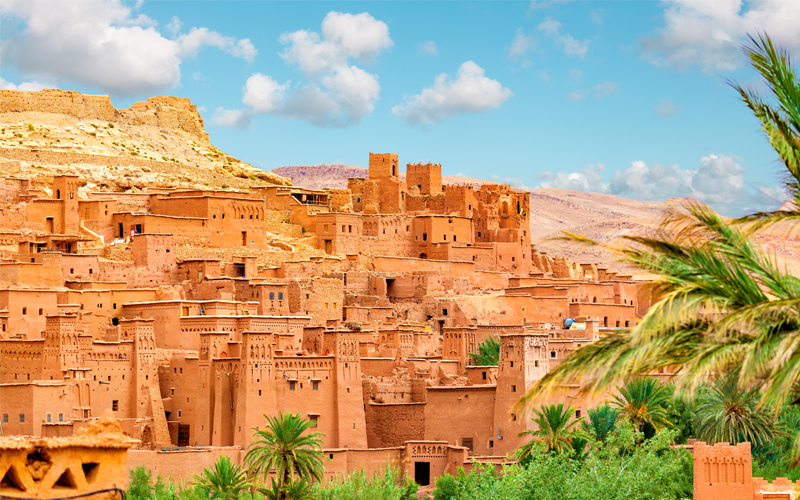Capital City: Hanoi
Population: 97.47 million
Language: Vietnamese language
Area: 331,690 km²
Currency: Vietnamese Dong
Time Zone: (GMT+7)
County Code: +84
Government: Socialist Republic
Flag: ![]()
![]()
The weather across Vietnam varies significantly from North to South, making it a year-round destination for avid travellers. In Northern Vietnam, the typically hot and humid summer months fall between May and August. Meanwhile, central Vietnam experiences extended summers from January until August and South
Vietnam is known for its year-round pleasant temperatures. March to May (Spring) and September to November (Autumn) are considered the best months to visit Vietnam in its entirety due to minimal rainfall and moderate temperatures. If visiting Halong Bay and Sapa in Vietnam’s north – consider travelling between Spring and Autumn to ensure the most picturesque weather conditions with minimal rainfall.
Vietnam is famous for it’s diverse unique dishes, tangy herbs and zesty flavours. Traditionally, Vietnamese cusine is boiled and steamed, rather than stir-fried like Thai and Chinese. Typical dishes include Pho (noodle soup), Bún chả (grilled pork and noodle), Goi Cuon Chay (vegetarian rice paper rolls) and Bánh mì (french-inspired baguettes with meat filling). Inexpensive food markets, street vendors and casual restaurants line almost every corner of Vietnam’s major cities and small towns – making it extremely easy to find these popular meals and more. Vietnam’s national drink of choice is green tea, which is the accompaniment to every social gathering. Vietnamese coffee is also very popular amongst travellers, made from condensed milk and drip coffee. At the harder end of the spectrum, you’ll find rice wine! Very popular in Northern Vietnam amongst the farming regions, most rice wines are made in small home distilleries using sticky rice.
March to May (Spring) and September to November (Autumn) are considered the best months to visit Vietnam in its entirity due to minimal rainfall and moderate temperatures. If visiting Halong Bay and Sapa in Vietnam’s north – consider travelling between Spring and Autum to ensure the most picturesque weather conditions with minimal rainfall and sunny days.
Vietnamese culture has been profoundly influenced by the Chinese, who occupied the country for 1,000 years and left a heavy influence in modern day. Vietnam is home to 53 ethnic minority groups (around 14 million people) with most living in the North and carving their existence from the lush mountainside landscapes along the Chinese and Lao borders. The nation hosts a a large variety of beliefs and religions as reflected in its abundance of temples, pagodas, buddahs and other religiously sacred sites. However, over the centuries, Confucianism, Taoism and Buddhism have fused with popular Chinese beliefs and ancient Vietnamese animism to form the Tam Giao (Triple Religion) that many Vietnamese identify with today. In many Vietnamese homes it is common to find a shrine dedicated to past ancestors, complete with offerings of flowers and incense. It’s also common to worship rulers of yesteryear, such as the likes of Ho Chi Minh.
STAY IN STYLE IN CHARMING COMFORTABLE HOTELS
Knowing that your accommodation may separate a great holiday from a perfect one, we take ultimate care whilst hand-picking each location we host you. Only the truly exceptional in terms of comfort, character, amenities, location and service are suitable to our standards.Hotel Du Parc (or similar)
This gem in Hanoi offers contemporary design rooms, a sauna & massage room, fitness center and a restaurant.
La Regina Grand Cruise (or similar)
A luxurious 5 star cruise, designed for the comfort of its guests. The rooms are equipped with mini bar & kettle.
Allegro Hoi An – A Little Luxury Hotel & Spa (or similar)
Located steps away from the ancient town, this charming hotel comes with a SPA center, outdoor pool, fitness center and contemporary rooms.
Indochine Palace (or similar)
A contemporary hotel located in the heart of Hue City. A steam bath, fitness center, outdoor pool and a fine dining restaurant are just some of the facilities offered.
Mai House Saigon Hotel (or similar)
A luxury hotel with glamorous interiors. During their stay, guests have access to the SPA center, fitness room, swimming pool and restaurants offering delicacies from different parts of the world.
